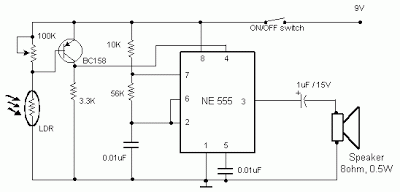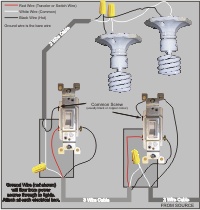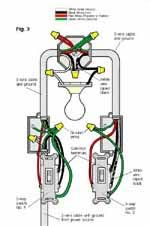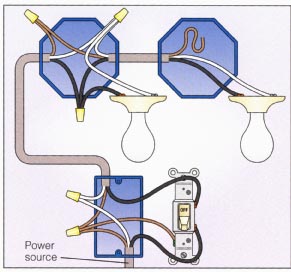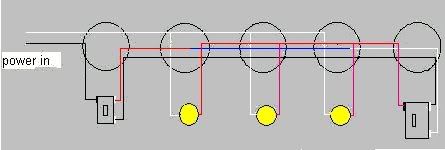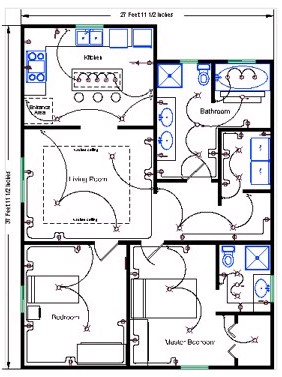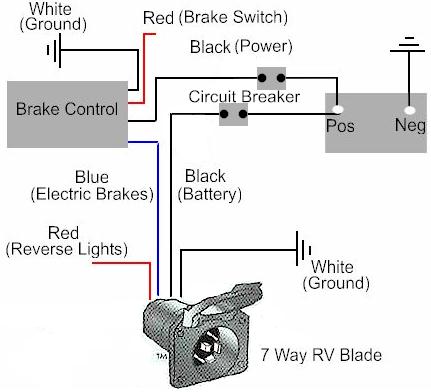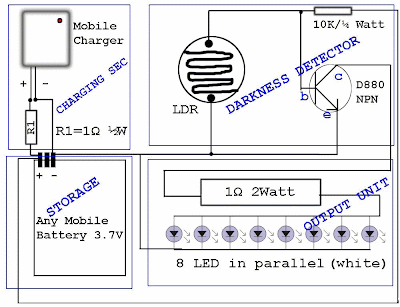Description
Parts
If the polarity is incorrect, it will destroy the mobile battery. So take extreme care.
Source - http://www.extremecircuits.net/2010/02/usb-powered-mobile-phone-battery.html
This simple circuit can give regulated 4.7 volts for charging a mobile phone. USB outlet can give 5 volts DC at 100mA current which is sufficient for the slow charging of mobile phones. Most of the Mobile Phone batteries are rated 3.6 volts at 1000 to 1300 mAh. These battery packs have 3 NiMh or Lithium cells having 1.2 volt rating. Usually the battery pack requires 4.5 volts at 300-500 mA current for fast charging.
But low current charging is better to increase the efficiency of the battery. The circuit described here provides 4.7 regulated voltage and sufficient current for the slow charging of the mobile phone. Transistor Q1 is used to give the regulated output. Any medium power NPN transistor like CL100, BD139, TIP122 can be used. Zener diode D2 controls the output voltage and D1 protects the polarity of the output supply. Front end of the circuit should be connected to a A type USB plug.
Connect a red wire to pin1 and black wire to pin 4 of the plug for easy polarity identification. Connect the output to a suitable charger pin to connect it with the mobile phone. After assembling the circuit, insert the USB plug into the socket and measure the output from the circuit. If the output is OK and polarity is correct, connect it with the mobile phone.
Circuit Diagram:Parts
- Q1 = BD139
- D1 = 1N4001
- D2 = 4.7V - 1/2W
- R1 = 560R - 1/2W
- C1 = 16V - 100uF
If the polarity is incorrect, it will destroy the mobile battery. So take extreme care.
Source - http://www.extremecircuits.net/2010/02/usb-powered-mobile-phone-battery.html


